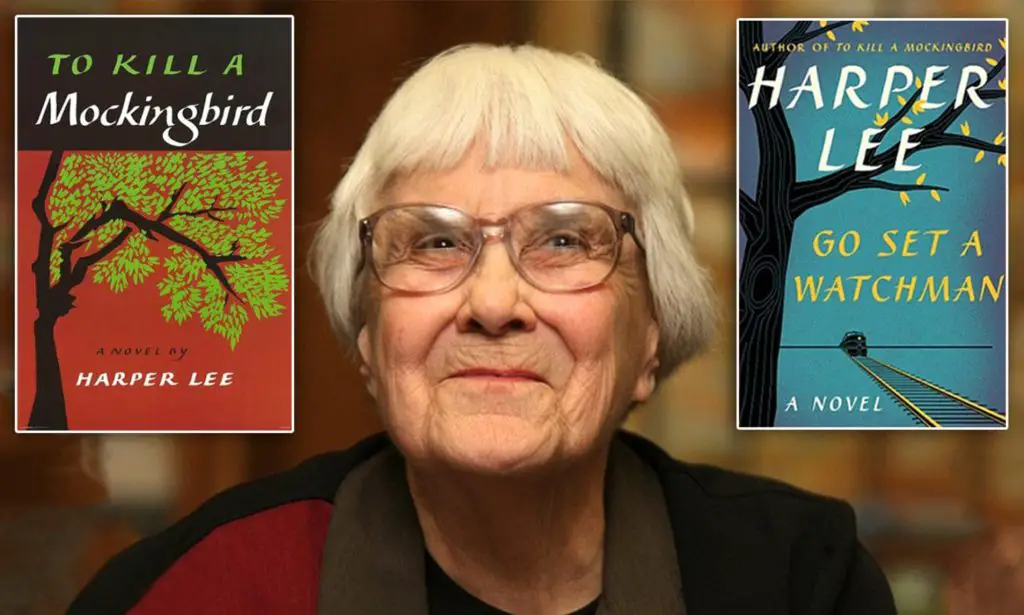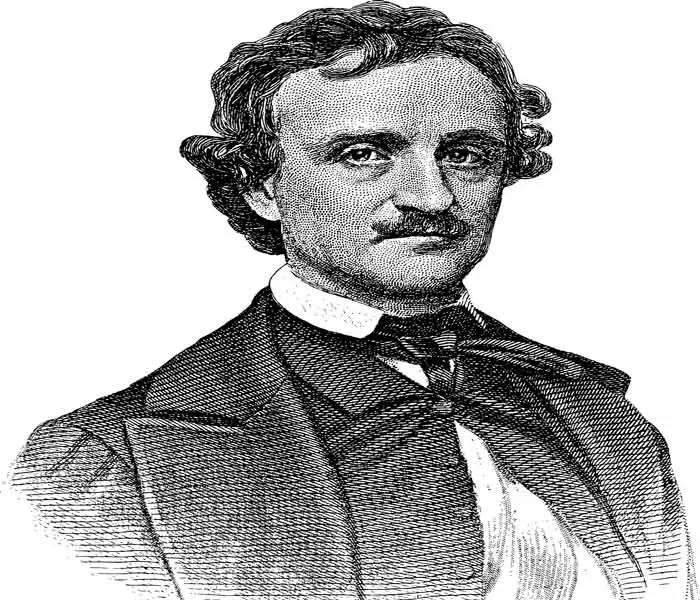James Joyce was one of the greatest Irish authors of the 20th century who transformed the way stories are told in modern literature. He is notable for his innovative narrative techniques and revolutionary works like Ulysses, A Portrait of the Artist as a Young Man, and Dubliners.
James Joyce brought some of literature’s most remarkable characters to life. His creations, like the curious Stephen Dedalus and the thoughtful Leopold Bloom, Joyce’s figures remain as relevant and impactful as ever.

Explore the literary brilliance behind 10 of James Joyce’s most memorable characters.
10 Most Memorable Characters Created by James Joyce
1. Leopold Bloom (Ulysses, 1922)
Leopold Bloom is the central character in Ulysses, published in 1922. The novel follows him through one day, June 16, 1904, as he walks around Dublin.
Leopold is an ordinary man with an extraordinary inner life. His thoughts are filled with curiosity about the world, reflections on his marriage, and his place in society. As he navigates everyday situations, he thinks about big ideas like love, death, and human connection.
What makes Leopold Bloom memorable is his humanity. He is flawed but kind, vulnerable yet strong. Readers see him as an “everyman” character.
2. Stephen Dedalus (A Portrait of the Artist as a Young Man, 1916; Ulysses, 1922)
Stephen Dedalus first appears in A Portrait of the Artist as a Young Man (1916) and later in Ulysses (1922). He is Joyce’s semi-autobiographical character, representing the artist as a young man.
In Portrait, Stephen is a boy growing up in a strict Catholic family in Ireland. He questions his faith and struggles to find his identity. As he grows older, Stephen decides to break away from his family and religion to become a writer.
By the time we meet him again in Ulysses, Stephen is older but still battles self-doubt and searching for meaning in life. He wrestles with feelings of guilt, failure, and loneliness. Stephen’s story is one of self-discovery. It shows the difficulties of growing up and following your dreams.
3. Molly Bloom (Ulysses, 1922)
Molly Bloom, Leopold’s wife, is one of the most famous characters in Ulysses. She is best known for her famous soliloquy at the end of Ulysses.
Molly’s inner monologue is emotional, raw, and honest. She reflects on her life, love, and desires. Her thoughts reveal a mix of joy, pain, and passion. Molly challenges traditional views of women in literature by being unapologetically herself.
Her closing words, “Yes I said yes I will Yes,” symbolize affirmation and life. Molly’s character is a celebration of human emotion and remains a groundbreaking portrayal of femininity.
4. Gabriel Conroy (The Dead, 1914)
Gabriel Conroy is the protagonist of The Dead, the last story in Joyce’s short story collection Dubliners (1914).
Gabriel attends a family Christmas party, where he gives a thoughtful speech and interacts with various guests. However, his real transformation happens later. He learns that his wife, Gretta, had a deep love for someone who died young.
This revelation forces Gabriel to reflect on his life and his relationship with Gretta. He realizes his own insecurities and his limited understanding of love. Gabriel’s story is a touching exploration of love, memory, and mortality.
5. Gerty MacDowell (Ulysses, 1922)
Gerty MacDowell appears in the “Nausicaa” episode of Ulysses. She is a young woman who dreams of romance and a better life.
Gerty imagines herself as a heroine in a love story. She wishes for adventure, beauty, and perfect love. However, her reality is far from her dreams. She is stuck in a mundane life, constrained by societal expectations.
Through Gerty, Joyce explores themes of desire, fantasy, and the limitations placed on women. Her story blends innocence with complexity.
6. Gretta Conroy (The Dead, 1914)
Gretta Conroy, Gabriel’s wife in The Dead, plays a key role in the story’s mystery and emotional climax.
At the Christmas party, Gretta seems happy and cheerful. But later, as she hears a song, she recalls her first love, Michael Furey. Michael died at a young age, and his memory still deeply affects her. Her grief over Michael’s death decades ago gives the story its haunting tone.
Gretta’s revelation shocks Gabriel and makes him question his own feelings. Her character highlights the lasting power of love and memory. Gretta’s quiet presence gives The Dead its haunting and unforgettable tone.
7. Mr. Duffy (A Painful Case, 1914)
Mr. Duffy is the leading character in A Painful Case, another story in Dubliners. He lives a strict, lonely life and avoids emotional connections.
One day, he befriends Mrs. Sinico, a married woman. They form a close bond, but when their relationship starts to deepen, Mr. Duffy ends it. Later, he learns that Mrs. Sinico has died in a tragic accident.
Mr. Duffy feels overwhelming guilt and realizes how isolated he has become. His story is a powerful lesson about the cost of emotional detachment and missed opportunities.
8. Eveline (Eveline, 1914)
Eveline is a young woman in the story Eveline from Dubliners. She dreams of escaping her difficult life in Dublin.
Eveline is torn between her duty to her family and her desire for freedom. She plans to leave with her lover, Frank, to start a new life in Argentina. However, when the moment comes, fear and guilt hold her back. She faces a choice: stay with her family in Dublin or escape with her lover to Argentina.
Eveline’s story captures the theme of paralysis, which runs through many of Joyce’s works. Her decision to stay reflects the struggles many people face when choosing between safety and change.
9. Father Flynn (The Sisters, 1914)
Father Flynn is a mysterious character in The Sisters, the opening story of Dubliners.
The story is about a young boy reflecting on the death of Father Flynn, a local priest. Father Flynn’s behavior before his death raises questions about his mental health, his failures, and his role in the community.
Although he doesn’t speak in the story, Father Flynn’s life leaves a deep impact on the boy. His character sets the tone for the themes of faith, doubt, and human weakness explored throughout Dubliners.
10. Little Chandler (A Little Cloud, 1914)
Little Chandler is the main character in A Little Cloud, a story from Dubliners. He is a man with big dreams but little action.
Chandler wants to be a poet and escape his boring life in Dublin. He meets his old friend Gallaher, who has found success abroad. Gallaher’s stories make Chandler feel even more dissatisfied with his own life.
When Chandler returns home to his wife and child, he feels trapped and hopeless. His story highlights the frustration of unfulfilled dreams and the weight of everyday responsibilities.
Wrap-Up
James Joyce was a true master of words, and his characters are timeless treasures of literature. Each one offers unique insights into human nature, identity, and society. His unmatched influence inspires writers worldwide, motivating them to push the boundaries of storytelling.


